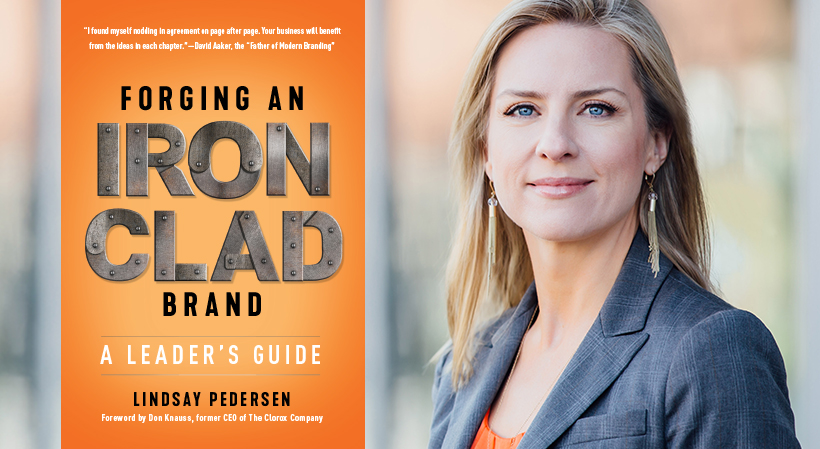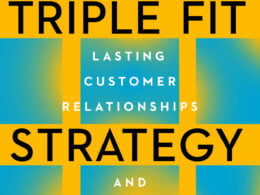The following is excerpted from “Forging An Ironclad Brand: A Leader’s Guide.” Copyright © 2019 by Lindsay Pedersen. Published by Lioncrest Publishing.
Your brand strategy serves as the North Star for your business as you seek to win the hearts and minds of your customer through what you offer and how you offer it.
The summation of a brand strategy is the positioning statement, and any brand strategy without a positioning statement is incomplete. Most of the work of building a brand strategy is to get crisp and precise on the elements that will go into your positioning statement. The positioning statement is a weaving together of all the components of your brand strategy, illuminating the basic facts of your brand:
- Who? (your target customer)
- Where? (your frame of reference or category)
- What? (brand promise)
- How? (reasons to believe)
- Why? (end reward)
When you have identified all of these components, you can put it into a single positioning statement with a template like this:
To [the target customer], [our brand] is the one [frame of reference] that [brand promise]. That’s because only [our brand] brings [reasons to believe] so that you can [end reward].
Related: Why You Need a Personal Brand and How to Build a Powerful One
If I had a Swedish pancake business, here is the positioning statement that might sum up my choices:
To moms with kids at home, Batter Pancakes is the one pancake mix that brings Swedish deliciousness. That’s because only Batter Pancakes brings super thin pancakes, with a crispy crunch, and with genuine Swedish heritage, so that your family can start the weekend with extraordinary.
As a leader, when you have an idea or someone presents an idea that would require an investment in time, money or cognitive energy, your positioning statement is your decision-making litmus test. Would such-and-such activity help me to make my positioning statement even more true? If no, do not pursue. If yes, consider pursuing.
For example, if my product developer had an idea to change my ingredient sourcing for Batter Pancakes that would allow me to make a claim about organic ingredients but would increase my costs and would not be consumer-noticeable, I go to my positioning statement. Would this organic investment increase my ability to deliver on Swedish Deliciousness? No, it would not, so I would not pursue.
Now do this for your business, using this positioning statement format:
To [the target customer], [our brand] is the one [frame of reference] that [brand promise]. That’s because only [our brand] brings [reasons to believe] so that you can [end reward].
Once you have this positioning statement, congratulate yourself. You’ve defined the crux of your brand’s position. This is the central nervous system of your brand. It will inform and infuse everything your business does.
Sign Up: Receive the StartupNation newsletter!
A final note: Benefits do not need to be lofty to connect with the customer. How lofty the benefit depends on the target customer and what this person needs in this context. Sometimes, your brand promise might be mundane, like lightweight shoes. Other times, a promise will be transcendent, like the feeling of victory.
What makes a promise right is its truth for your customer. Use empathy to reach that truth. That which appears functional and rational (lightweight shoes) is actually the most empathetic gift we could give and would make someone feel heard, understood, and cared for.
Remembering that your brand is in relationship with your customer helps you find meaning for your customer.
“Forging An Ironclad Brand: A Leader’s Guide” is available now at fine booksellers and can be purchased via StartupNation.com.






